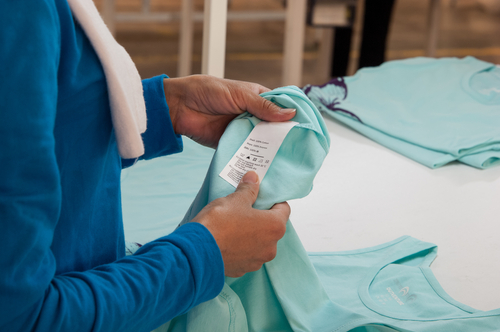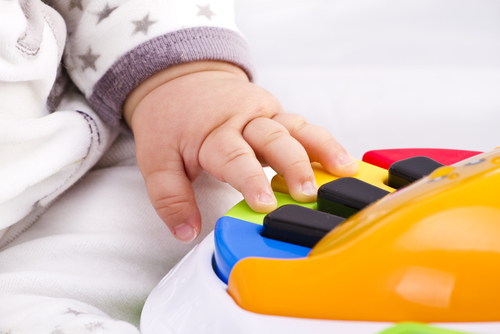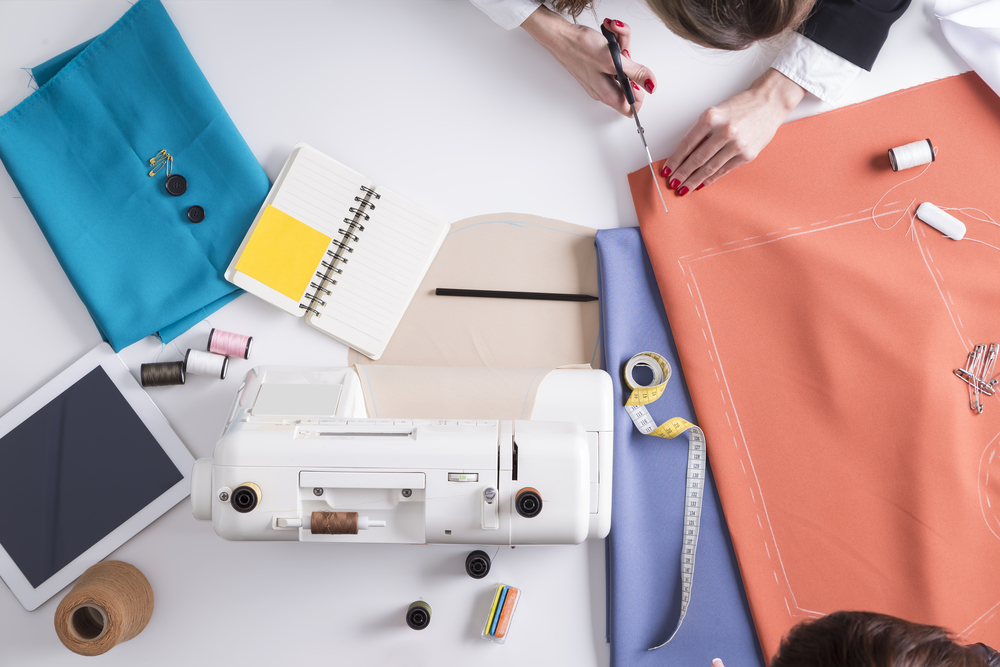Testing 100% of a batch of manufactured products is often not practical, as it would be far too expensive or time-consuming for most buyers to inspect every single unit to ensure quality. For instance, in softline product inspection, inspected garments must often be carefully measured or fitted against models or dummies. Seam and fastener strength must also be tested. It would be unrealistic to perform this kind of testing on every single piece coming off the line.
Likewise, orders can’t simply be accepted without any quality testing, as acceptance of bad batches of products would be financially disastrous. AQL sampling allows you to make an informed and confident acceptance or rejection decision based on the inspection of a small sample of the overall order, utilizing sample sizes and acceptance rates based on internationally recognized and accepted ISO standards.
The acceptable quality limit represents the maximum number of defective units that can be present in an inspected example, beyond which the entire batch must be rejected. That makes the criteria for acceptance or rejection clear cut and easy to understand, a major benefit of the AQL system.
AQL also allows for different standards to be set for different levels of defects, ensuring that products with significant defects aren’t allowed to make it off the line, but also that entire batches aren’t scrapped over relatively minor problems.
The levels of defect generally used for most consumer goods are critical, major, and minor. Critical defects are defects that are absolutely unacceptable, such as those that might cause harm to an end user or fail to adhere to regulations. Major defects are problems that would make the product unacceptable to the end user. Minor defects are imperfections that deviate from specifications, but that end users would generally be willing to accept.
For consumer goods, buyers normally set AQL limits of 0% for critical defects, 2.5% for major defects, and 4.0% for minor defects. These numbers aren’t set in stone, and can be adjusted as desired depending on the type of product or relationship between the buyer and manufacturer. Consumer electronics, for instance, often have the major defect AQL reduced to 1.5%, or AQL 1.5.
Once you’ve determined your desired AQLs, you’re ready to use AQL tables to determine how many pieces need to be pulled from your order for inspection, and how many of those inspected pieces can be accepted as defective.
Read our full article on "A Beginners' Primer on Using AQL Charts for Product Quality Inspections" at InSpec by BV's medium publications: https://medium.com/inspec-by-bv










